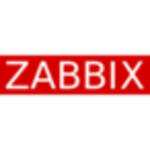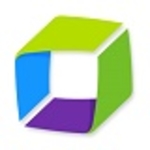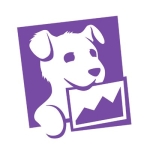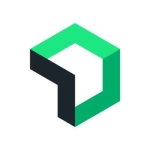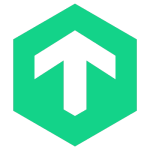We are using it for performance management. We are using its latest version. Right now, we are in the adoption stage. We are going through the training process, and slowly we will start using it. Initially, a team of 50 people will be using AppDynamics. Our goal is that all teams use AppDynamics so that we can benefit from it.
With AppDynamics, we were able to identify where the database query was taking more time, that is, whether it was taking time on logical IOs or physical IOs. So, it helped to track down a lot of issues. It is also giving proactive alerts that help us to narrow down issues much quickly and fix them before they start impacting our customers. It has also been quite helpful when we want to show to our management or customers how this application helped.
From the performance management side, I like everything from business transaction work to tracking. On the database side, we can get a lot of insights from the database. On the server monitoring side, it helped us a lot to find out some of the issues on the VM side because VMs were creating a little trouble for us.
At this time, we don't have much visibility on the virtual environment, monitoring, and all other things. We have visibility only for database monitoring, and we have noticed performance impact when deploying database agents on the database server. We got to know this from AppDynamics support also that we should not deploy database agents from the database server. When agents are deployed on the same server and the database is monitored from there, we are not getting database server metrics. Therefore, we don't have those insights, and sometimes, we struggle because of that. They can improve this functionality so that we do not have a performance impact, and we can deploy anywhere. This would help us a lot.
In terms of end-user monitoring, currently, it is not working for us because there are some complexities. It is a little complicated, and it takes a little bit of time to understand where you need to make changes. It would be very helpful if they can provide some template designs for end-user monitoring.
When our servers are running on VMs, we don't get many insights from the VM side. I don't know whether it is possible to have visibility beyond the database, server, and application and whether there are some features where we can deploy AppDynamics on VMs as well. Such functionality would give us more control over storage, VM, OS, and database. It will also provide complete visibility of our hardware and software.
I have been using AppDynamics since 2019, so almost one and a half years.
It is stable, but I noticed that a lot of times, the controller takes more time to load metrics, which impacts our productivity because we have to spend a little bit more time on this. I don't know if it is something internal or something that needs to be done from our side in terms of licensing and deployment.
I am satisfied with their support.
It is easy. We need to configure a few transaction detection rules. It also works well out of the box. For deploying for other customers, it has export and import functionality, which is good.
We were exploring some open-source tools, but then we decided to go for an enterprise-level tool because we have a lot of customers. We have a cloud as well. That's how we decided to go for AppDynamics.
It is a very much recommended tool. It is a really good and helpful tool for productivity.
I would rate AppDynamics a nine out of ten. I love this tool, and I don't have any issues with this tool.



